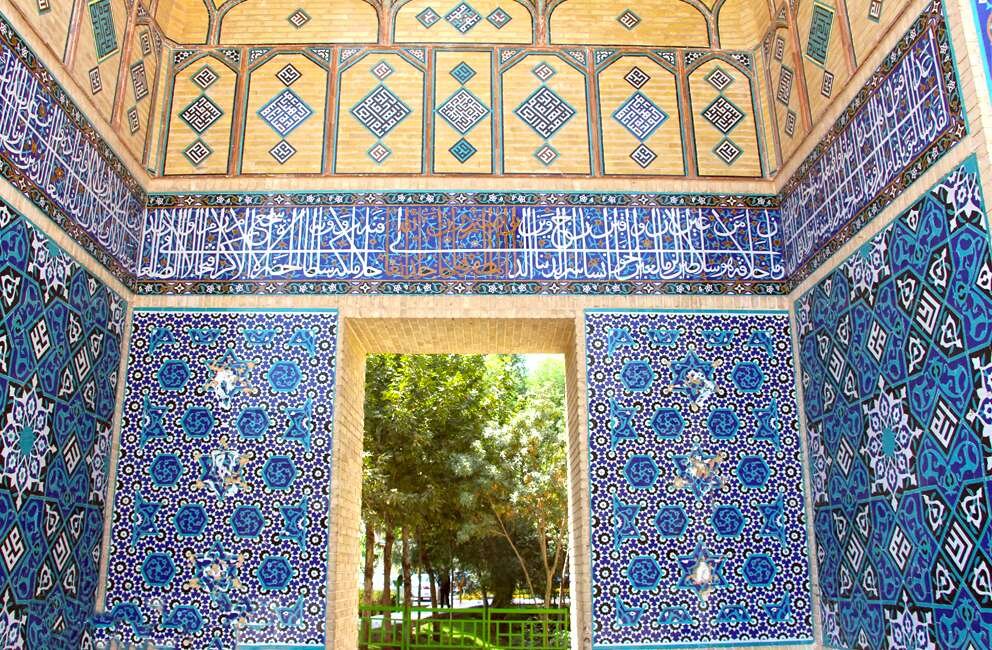Forgotten in modern Isfahan: Darb-e Kushk

At the intersection of Tayeb and Mir-Damad streets, is located the remnants of Darb-e Kushk, which was once an ancient neighborhood of Isfahan, prosperous in the Aq-Qoyunlu epoch (1378–1503).
A Sar-dar (vaulted portal), mosque, and madrasa are monuments that still stand today to preserve the memory of those times.
An ancient inscription suggests the portal (also known as Sar-dar-e Zaviyeh Bab al-Qasr) dates to the reign of Aq-Qoyunlu, ruler Abol-Mozafar Rostam Bahador khan. Six-pointed star panels and vegetal patterns are used to decorate it.
It would be interesting to know that the high portal of Darb-e Kushk that you see is a replica of the original one, whose remains are being kept in the Chehel-Sotun palace.
After passing through a small alley and continuing to the north, you will arrive at a modest religious institution known as Baqerieh, which was established during the Safavid era.
You reach a crossroads connecting Tayeb, Masjed-e Seyyed and Bidabadi streets after leaving these three monuments behind and strolling farther north.
The ancient city was once a crossroad of international trade and diplomacy in Iran and now it is a top tourist destination for good reasons. It is filled with many architectural wonders such as unmatched Islamic buildings, bazaars, museums, Persian gardens, and tree-lined boulevards. It's a city for walking, getting lost in its mazing bazaars, dozing in beautiful gardens, and meeting people.
Isfahan, the capital of a province of the same name, is nicknamed “Nesf-e-Jahan” which is translated into “half the world”, meaning it contains fully half of the world's wonders. In its heyday, it was also one of the largest cities in the region with a population of nearly one million. The cool blue tiles of Isfahan's Islamic buildings, and the city's majestic bridges, contrast perfectly with the encircling hot, dry Iranian countryside. Furthermore, the city is renowned not only for the abundance of great historical bridges but also for its ‘life-giving river’, the Zayandeh-Rood, which has long bestowed the city an original beauty and fertility.
On its outskirts, modern Isfahan is now home to some heavy industries, including steel factories and a uranium processing center, however, its inner core has somehow been preserved as a priceless gem. Also, Isfahan is a destination for medical tourism as it embraces an all-inclusive professional healthcare city.
AFM
